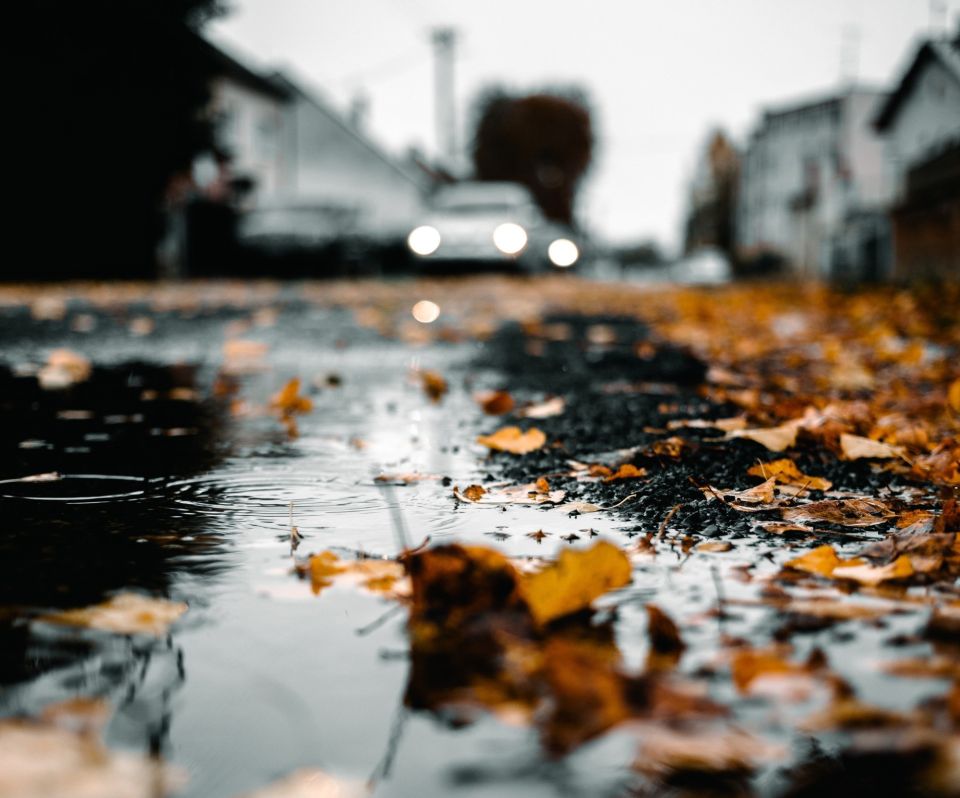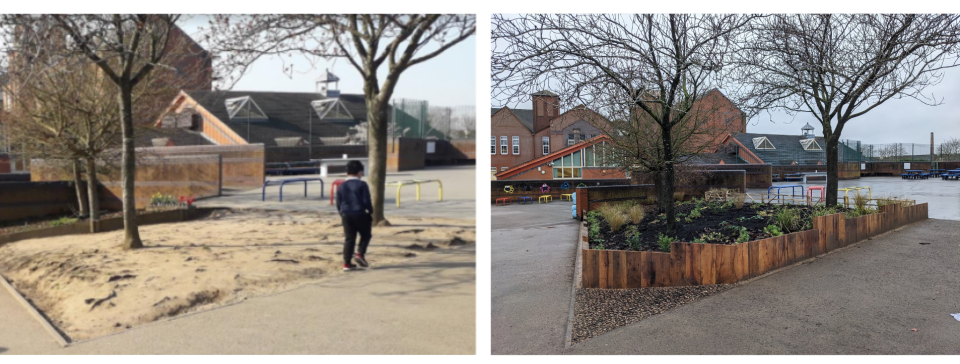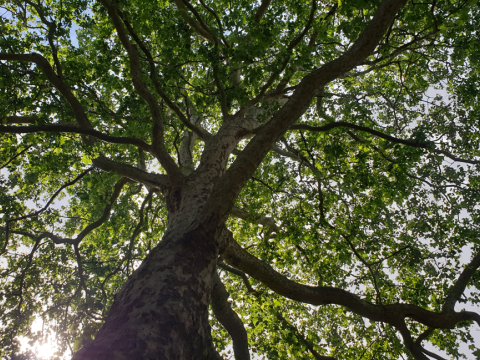How urban trees can mitigate flooding

For many, when we think of the effects of climate change, we picture hot temperatures, dry summers and dusty droughts. Given that we're seeing global warming records continually reached, and it's predicted we'll continue to see more unprecedented heatwaves in the future, this wouldn’t be an inaccurate image of the climate crisis.
However, climate change doesn’t just bring high temperatures. It also causes a variety of extreme weather, ranging from severe storms, stark temperature drops, prolonged seasons and flash flooding - to name just a few outcomes.
By planting trees strategically, however, we can help improve some of the effects already being felt by the climate crisis in our towns and cities.
FLOODING IN URBAN AREAS
With many urban areas made up of concrete and tarmac, it’s hard for rainfall to drain away on these impermeable surfaces meaning there is an increased risk of flash flooding when there is a heavy downpour. When water cannot drain away quickly, either by soaking into the land or through drainage systems, we often see surface water flooding. This is also likely to become more common during hot summers when the ground becomes so hard and dry that when it does rain, the water is unable to filter through to the hard soil.
With 80% of the UK now living in urban areas, it’s important that we take preventative measures to tackle this problem, now. At Trees for Cities, we believe in the power of trees to transform neighbourhoods, and as a nature-based solution, it is the turn of trees to play their part! Using Natural Flood Management processes such as protecting green spaces and strategically planting more trees and hedgerows in urban areas, we can help to mitigate flooding in some of the most vulnerable communities.

How do trees help?
In a number of ways! Urban trees can intercept rainfall and slow down the speed at which rain reaches the ground. They do this by simply blocking the rain via their large leaves and branches. Some of the rain collected on the leaves evaporates back into the atmosphere before ever touching the ground. This really helps take the pressure off drainage systems in urban areas. Wow!
Urban trees also have complex root systems underground, and these roots allow water to get deeper into the soil faster, meaning that more water is stored in the soil instead of on the surface. In fact, a single mature, leafy tree can absorb up to 450 litres of water through its roots every day.

Sustainable Drainage Systems (SuDS)
At Trees for Cities, we have now started working with schools in Leicester and Lewisham to create Sustainable Drainage Systems (SuDS) in playgrounds that are susceptible to flooding. SuDS encourage natural drainage by copying water systems such as wetlands and ponds to slow down water flow and mitigate flood risk. We will also be teaching pupils about their local climate and weather patterns, and the importance of using climate-tolerant tree and plant species in their playgrounds. We are in the early stages of our work with these schools and can’t wait to update you on the outcomes, so watch this space!
As we have seen in recent years, the frequency of flooding is increasing, and the effects of the climate crisis are well and truly here. We must all take action NOW and invest in green infrastructure and recognise how nature can be part of the solution for today's and future generations to come.
HOW TREES KEEP THINGS COOL
Find out more about how trees help mitigate other effects already being felt by the climate crisis, such as extreme heat.
LEARN MOREDonate to Trees for Cities and together we can help cities grow into greener, cleaner and healthier places for people to live and work worldwide.
Donate